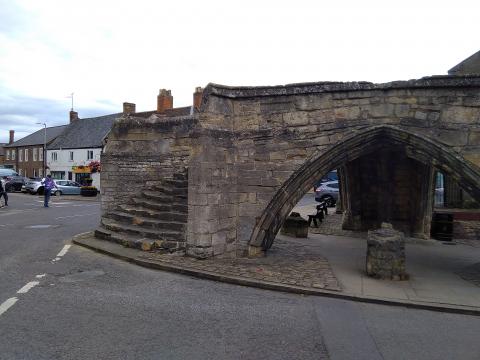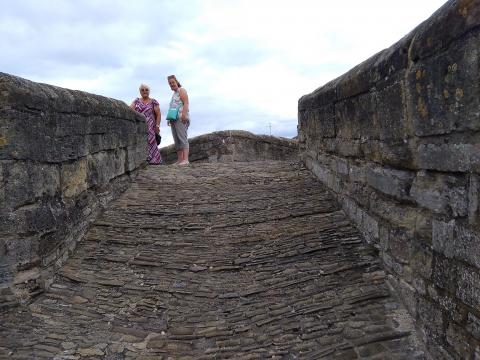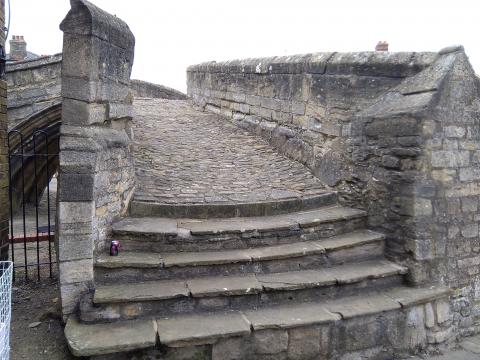Trinity Bridge

At Crowland in Lincolnshire is a rather iconic, fourteenth-century bridge. It once crossed two streams but now sits atop dry land, an enigmatic though beautiful relic from a former age. It has three stairways offering those who ascend a choice of two departing directions rather than the usual one. The origin of its name of trinity bridge is quite obvious.

Some delight to point out that the word trinity is not in the Bible, and cannot therefore be true, as though this were some argument of intense profundity. The trinity, the One-God-in-three-persons, is found throughout scripture. Although it cannot be easily understood (only idols are within the orbit of man’s understanding), and the pictures we use of it are imperfect (this bridge is one of the better ones), it is a fundamental doctrine. If the trinity is not true, then Christ is always demoted to some lesser being or angelic spirit; the Holy Spirit becomes a force or electrical charge; the Father becomes a God of love with no-one to love until He created a world.

I might understand the Trinity little, but the Bible calls us to believe, not to master theology, explain the inexplicable or squeeze the unsearchable counsels of the Living God into the tiny boxes we are pleased to call our intellects. Those that reject the trinity reject the Living God; those who believe without fully understanding, please Him.

And straightway the father of the child cried out, and said with tears, Lord, I believe; help thou mine unbelief. Mark 9:24
- Log in to post comments


 Sunday Worship 10.45am & 6.00pm
Sunday Worship 10.45am & 6.00pm